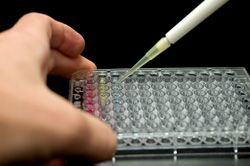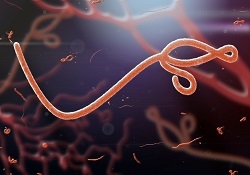Improving detection of drug-resistant tuberculosis
Early detection of drug resistance constitutes one of the priorities of tuberculosis (TB) control programmes. It allows initiation of the appropriate treatment in patients and also surveillance of drug resistance. Associated with this problem is the emergence of multi-drug–resistant (MDR) and extensive drug-resistant (XDR) strains of M. tuberculosis. Detection of drug resistance has been performed in the past by so-called ‘conventional methods’ based on detection of growth of M. tuberculosis in the presence of antibiotics. Such methods are, however, time consuming and thus necessitates the development of easier, and more reliable and rapid assays. The main objective of the EU-funded FAST-XDR-Detect project was to develop an assay for the rapid detection of drug-resistant M. tuberculosis. Project partners used a method known as rifoligotyping which involves amplification of the genomic sequence of the bacteria found in TB patients, followed by hybridisation against the wild-type sequence. This molecular assay was optimised for detection of resistance to rifampicin and isoniazid, two of the most common anti-tuberculosis antibiotics. At the same time, efforts were made to optimise an assay that can detect antibiotic-resistant strains directly from patient sputum for the simultaneous detection of MDR and XDR resistant strains. This assay is expected to reduce processing time and allow the identification of drug-resistant strains based on phenotypic criteria. Additionally, new mutations responsible for drug resistance were sequenced and entered into an existing database with all gene mutations associated with drug resistance in TB. Researchers also sought to explore the possibility that other candidate genes could be contributing to the emergence of new forms of drug resistance. FAST-XDR-Detect project developed assays for the rapid and sensitive detection of MDR and XDR M. tuberculosis. More effective screening methods for TB will improve the surveillance of drug resistance, prompting health authorities to initiate appropriate correction measures.







